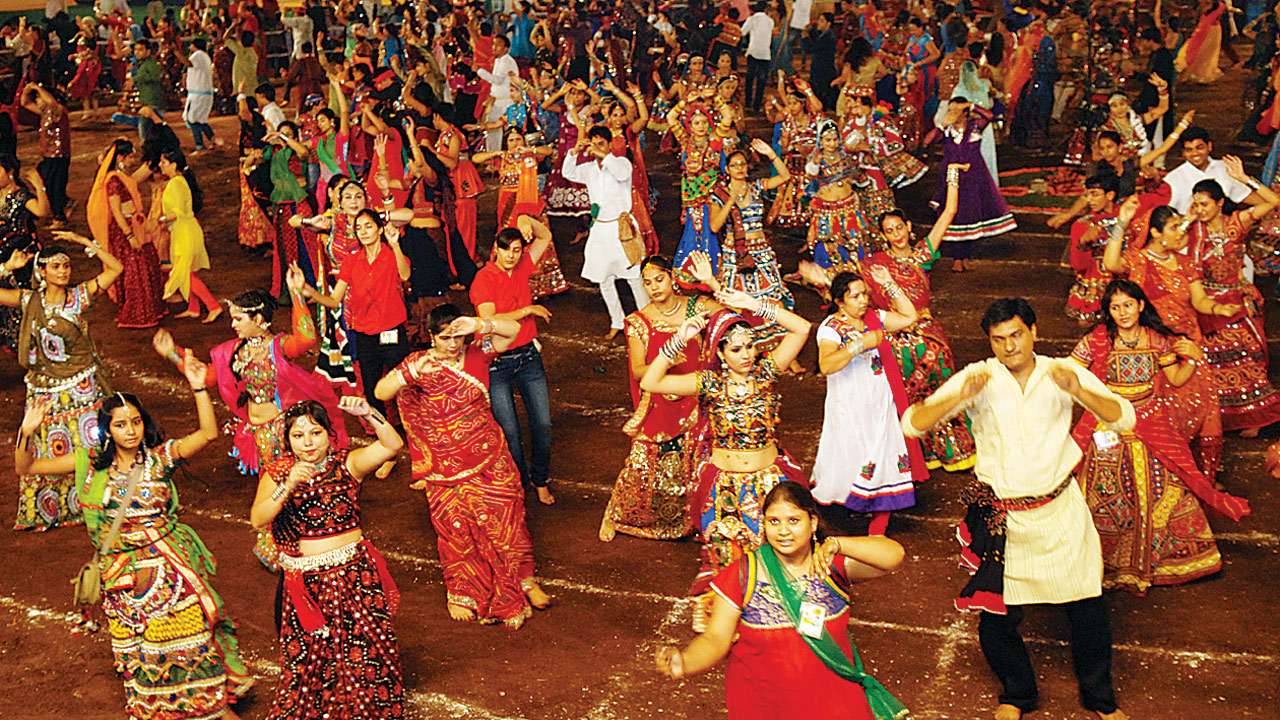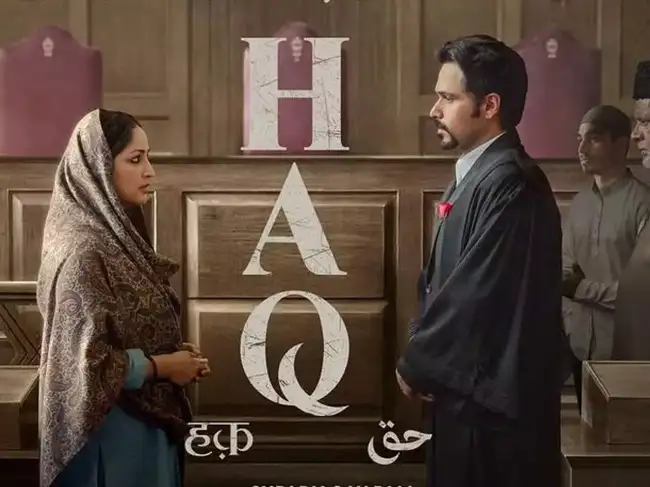As the festival season is going on in India, many cultural and public celebration events happen across the country which light up cities and towns alike. With the just concluded Durga Puja and Navratri celebrations, Garba and Dandiya events always become a site of joy and cultural expression. But in recent times, a disturbing narrative has come to the public notice: Dalit and Muslim women, even those with valid entry passes in hand, are being stopped at the gates, insulted, and turned away. The reason? They somehow don’t belong to the “right” caste or religion, which makes them unfit to join the celebration. It is being noticed that organisers hide behind words like “tradition” and “purity”, but deep analysis discloses this as open discrimination and deliberate exclusion.
In Kota, Rajasthan, two Muslim women shared that they were stopped at the entrance of the Garba venue even though they had valid passes. They were being told, bluntly, that their religion was the reason for the denial of entry. They asked, “Ïf we weren’t allowed, why were passes sold to us?” It is a simple but powerful question that reveals how carefully these acts of exclusion are planned and justified.
When festivals and cultural spaces start being defined by caste and religious boundaries, it’s always women from marginalised communities who are the first to be pushed out and excluded.
This is not a single incident. In Vadodara, the police arrested three people for humiliating Dalit women at a Garba event. They were allegedly abused, threatened, and asked to leave the place, as if they didn’t belong there at all. These are not accidental incidents of misconduct but reflect a deliberate effort to control who is allowed to participate, be visible, and feel a sense of belonging in public cultural spaces.
Who gets to celebrate and who is policed out?
Upper-caste groups hold control over the village temple and community spaces in many rural and semi-urban areas. Garba events linked to these temples or caste-based groups often turn into exclusive places where Dalits aren’t truly welcome. Even if they are included, they are usually sidelined by the dominating groups. Even though they are expected to organise their own separate celebrations, they are still considered lesser, both in scale and social status. As Suresh Makwana, a Dalit activist, noted, “Dalits certainly are not allowed in any upper castes Garbas.”

Even in urban or commercialised Garba events that claim to be open to all, Dalits mostly face subtle but firm barriers. And if a dalit person tries to question a discriminatory practice, they might face serious consequences in the form of physical violence. Exclusion doesn’t happen just based on caste, but religion also plays a role in it. In Mandvi (Gujarat), a right-wing group reportedly restricted Muslims from attending Garba events, citing “to protect Hindu girls” from alleged “love jihad.”
A Dalit woman stepping into a public space doesn’t just face patriarchy, but she also bears the burden of caste-based humiliation.
Muslim women are many times kept out of Garba not by chance, but because of growing Islamophobic attitudes and the idea that Garba is only for Hindus. In Madhya Pradesh, some Muslim clerics asked their members not to take part in any Garba event, pointing to religious differences. But more than personal and religious belief, it’s the fear of being targeted, judged, or humiliated that pushes many Muslim women to stay away.
Not just visitors but also Muslim artists are being attacked. In Jhansi, Uttar Pradesh, a Muslim woman artist who was invited to perform garba was purposely denied stage time solely because of her religious identity. When festivals and cultural spaces start being defined by caste and religious boundaries, it’s always women from marginalised communities who are the first to be pushed out and excluded.
Religion and marginalised women: A ‘long’ tale of exclusion
It is important to understand these gender-based issues from the perspective of intersectionality. Women don’t experience oppression through just one identity; their lives are actually shaped by caste, religion, class, sexuality, disability, and geography as well. A Dalit woman stepping into a public space doesn’t just face patriarchy, but she also bears the burden of caste-based humiliation. A Muslim woman carries the weight of gender bias, but along with the burden of being viewed through a lens of religious suspicion. These experiences cannot be separated. They are actually not side issues but reflect the central understanding of how power works.
The mainstream conversations continue to treat these identities as just add-ons, not as essentials. Issues that impact Savarna, urban, able-bodied women tend to dominate public discourse, while the violence faced by Dalit, Bahujan, Adivasi, and Muslim women is usually ignored or sidelined unless it fits in their narrative.
Yet, the mainstream conversations continue to treat these identities as just add-ons, not as essentials. Issues that impact Savarna, urban, able-bodied women tend to dominate public discourse, while the violence faced by Dalit, Bahujan, Adivasi, and Muslim women is usually ignored or sidelined unless it fits in their narrative. This exclusion is not just disappointing but dangerous as well. Intersectionality is not just an academic idea, but it’s a requirement of today. Without a proper understanding of it, feminism can also reinforce the very hierarchy it claims to fight against. That is why it has become necessary to move away from selective feminism and make it more inclusive.
Controlling women’s bodies, desire, and mobility
In fact, exclusion of Dalit and Muslim women from Garba isn’t about religion or tradition only. It’s actually about controlling who gets the opportunity to move, be seen, and hold space. It’s even about who is allowed to cross the boundaries of caste, of community, and of desire. These exclusions are not by mistake but come from a deep-seated need to protect the boundaries. The fact of women choosing their own partner across religion and caste and simply becoming decision makers.
It’s not the physical presence of these women that’s being resisted, but the possibility they actually represent. A possibility of change, of mixing, of freedom. The restriction in public spaces is not just the denial of entry but of identity and personhood.
Building inclusive cultural spaces
To see the change, we need to ask questions like, Who gets the right to decide who belongs in cultural spaces? Who will be accountable for such discriminatory practices happening in the guise of tradition? Can festivals truly celebrate diversity and spread the message of compassion and inclusion when they are silent on the marginalised voices? Along with asking such thought-provoking questions, there is a need to hold event organisers accountable for discriminatory actions like selling tickets to people they actually plan to exclude, further refusing refunds, and enforcing bans based on caste or religion.
With that, there is an urgent need to enforce legal protection like Article 15 of the Indian Constitution to prohibit such discrimination at public events and truly make it accessible to all. Feminist groups and civil activists should also stand in solidarity, bringing these often-overlooked incidents into the spotlight, and demand inclusive cultural spaces. The festival should be redefined as spaces that belong to everyone but are not just celebrated by the few. They need to reflect shared culture, not exclusion. There is a need to support, celebrate, and highlight such efforts that promote inclusive Garba events open to all community members, irrespective of religion, caste, race, etc.
A festival that claims to be celebrating ‘righteousness’ but in practice leaves out and discriminates against people based on their identity cannot be described as a ‘righteous’ celebration at all. Until Dalit, Muslim, Adivasi, and queer women are free to take part and experience the joy of the cultural spaces, they cannot be described as inclusive, moral and equal.
About the author(s)
Himani is a postgraduate in Political Science from Ramjas College, University of Delhi with a keen academic focus on gender, culture and social justice. Her academic and field experience includes research and project coordination in areas such as tribal entrepreneurship, environmental advocacy and community service.





